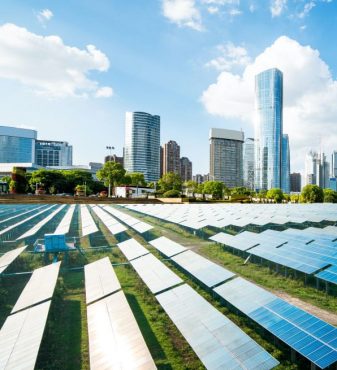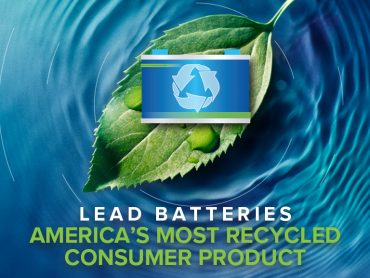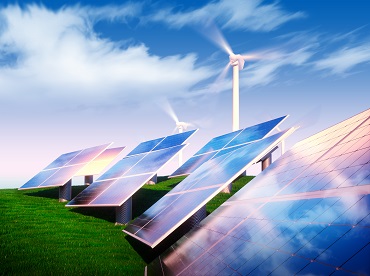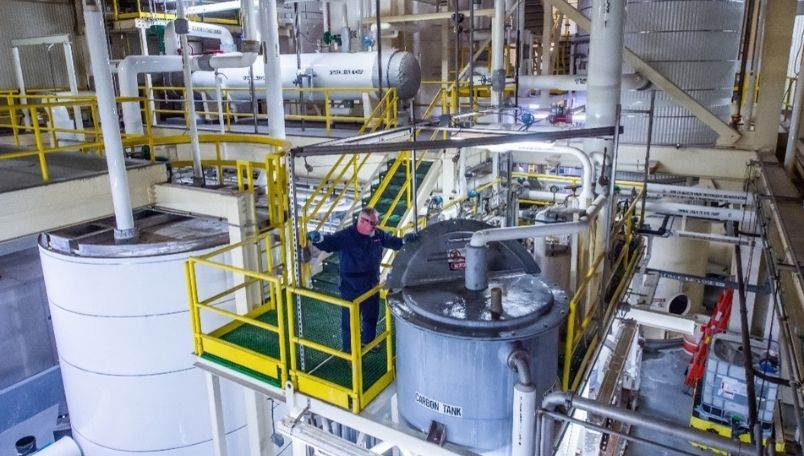
Shown above is an innovative closed-loop wastewater recycling facility at East Penn Manufacturing Company in Lyon Station, Pennsylvania.
Lead Battery Manufacturers and Recyclers Model Sustainability
Earth Day is April 22, and this year’s theme is “Invest in Our Planet.” According to organizers, it’s time to “change it all – the business climate, the political climate, and how we take action on climate.” The lead battery industry is already a step ahead, serving as an agent for change and investing in a greener planet.
An Industry of Environmental Innovation
For years, businesses have tried to balance sustainability with necessary profitability. This year, Earth Day organizers are stressing that “a green future is a prosperous future.” The lead battery industry exemplifies how manufacturers can take bold, innovative steps to achieve both.
- Sustainable Circular Economy. Lead battery manufacturers have invested in a circular economy that models a sustainable closed loop. The foundation is a product (lead batteries) with a recycling rate of 99%. For decades, the industry has worked to ensure that a used lead battery is collected, processed and its materials reconstituted into a completely new battery. In fact, a typical new lead battery is comprised of 80% recycled materials, making it the most sustainable energy storage technology in the world.
- Sustainable Operations. Lead battery manufacturers and recyclers are investing in new processes to operate more sustainably. That includes recovering stormwater and wastewater, reducing material use, and moving to renewable energy to power facilities.
- Sustainable Applications. Additionally, lead battery applications are helping to decarbonize our future by changing transportation. Lead batteries enable start-stop technology, which cuts nearly 6.7 million tons of greenhouse gas emissions annually in the U.S. Plus, nearly every electric vehicle (EV) and a full range of hybrid vehicles depend on a 12-volt lead battery for critical safety and security functions. Lead batteries are also increasingly used for EV fast-charging stations.
Agents for Change
The lead battery industry understands that investing in advanced lead batteries and facilities are an investment in our planet, too. On this Earth Day, we look at four companies who are implementing the call to action to help create a greener and prosperous future.
Crown Battery
Crown Battery, headquartered in Fremont, Ohio, provides batteries for a wide range of applications, for cars and trucks and electric forklifts, golf and electric vehicles, to mining and farm equipment and renewable energy.
Crown is the first battery company recognized as a U.S. EPA Green Power Partner. This federal program works with U.S.-based operations to purchase and use green power to reduce emissions associated with traditional electricity use.
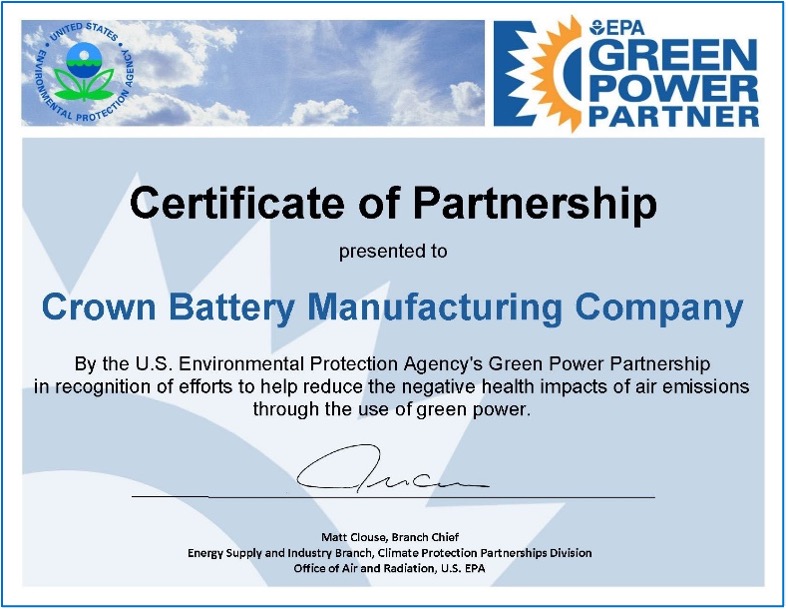
Culminating a 20-year initiative that began in 2000, Crown Battery has transitioned to 100% solar and wind energy for manufacturing. During the transition to renewable energy, the company’s energy efficiency has saved more than 56 million kWh of electricity, or enough to power more than 5,100 homes.
Crown has invested over $8 million to improve energy efficiency, including the use of on-site solar panels, ultra-efficient lighting, and geothermal cooling. The company also recycles water onsite, which saves more than half a million gallons of water per year. Through wastewater recycling and other steps, the company reuses hundreds of thousands of gallons in their acid mixing system.
Learn more about how Crown Battery is “Walking the Green Walk” in their sustainability guide and latest progress report here.
East Penn Manufacturing Company
In Lyon Station, Pennsylvania, East Penn Manufacturing Company operates the largest lead battery manufacturing campus in the continental U.S.
The campus includes seven battery manufacturing plants, a lead battery recycling facility, and oxide manufacturing facilities. Its sophisticated recycling center processes approximately 30,000 lead batteries per day, recycling virtually 100% of each spent battery.
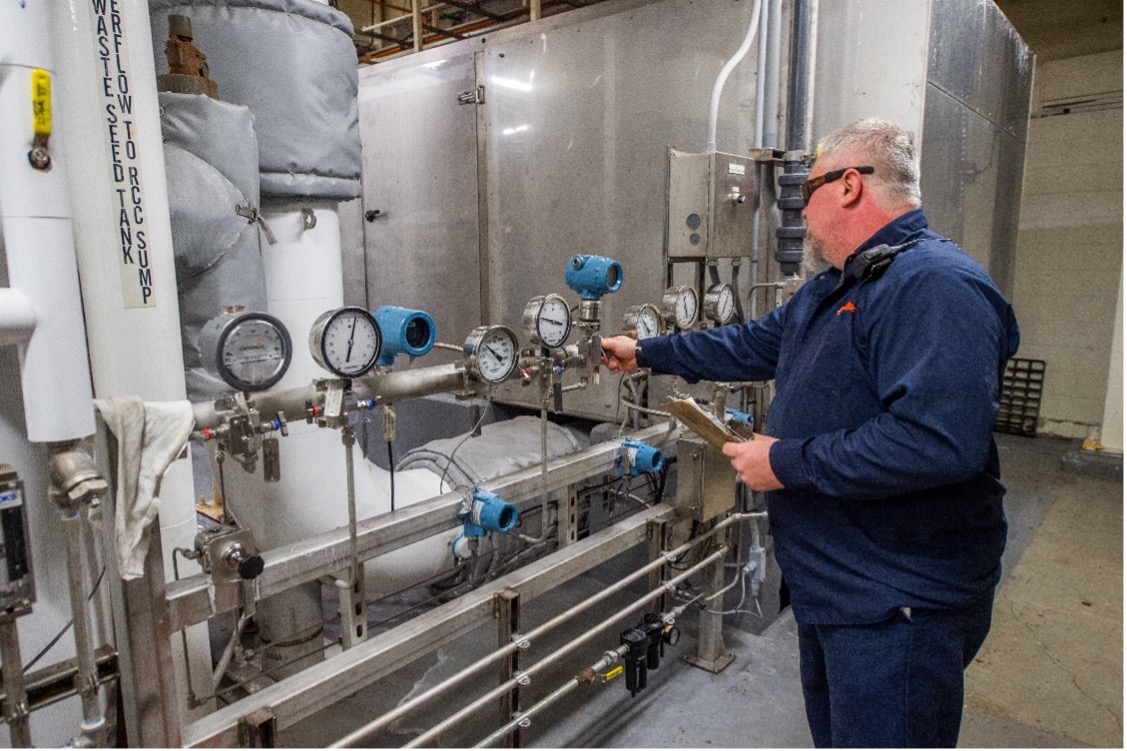
How East Penn treats and reuses its wastewater in an ultramodern wastewater distillation and treatment plant is unique within the industry. The innovative closed-loop wastewater facility for the Lyon Station campus recovers distilled water and a commercial anhydrous sodium sulfate byproduct from process wastewater. All lead-containing residues are separated from the treated water and recycled in the on-site secondary lead recycling facility. The recovered water is reused in manufacturing; the anhydrous sodium sulfate byproduct is sold to a national chemical distributor.
Learn more about East Penn’s commitment to sustainability here.
EnerSys®
EnerSys, global headquarters is in Reading, Pennsylvania. EnerSys batteries and energy storage solutions are a key part of building a resilient, low-carbon future since they offer the reliability and power capacity needed to propel the global economy through the transition toward clean energy, electric vehicles and Net Zero carbon emissions. Notably, EnerSys is one of several battery manufacturers that provide lead batteries to power electric lift trucks. This type of battery eliminates 10.7 short tons of CO2 per truck annually, significantly less than lift trucks powered by other fuels such as propane and hydrogen (25 and 28.9 short tons respectively).
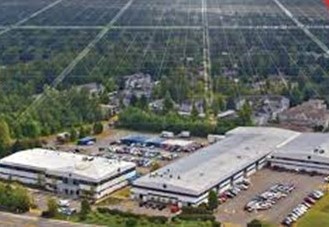
At EnerSys, sustainability is central to how the company manages its own operations, and minimizing its environmental footprint is a priority. The company’s Bellingham, Washington, facility uses clean energy generated by a 32.4kW solar array. Since installation in 2015, it has generated over 120,000 kWh. It’s serving as a model to explore similar opportunities to generate renewable energy at other EnerSys facilities.
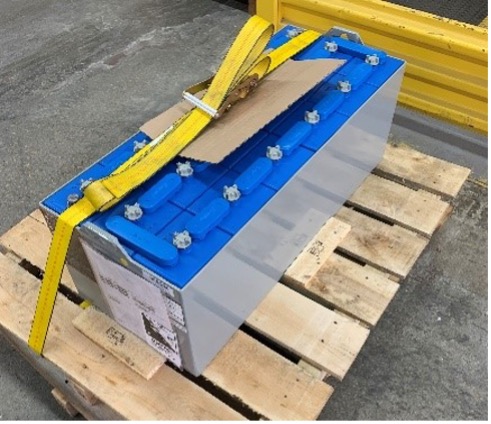
In Richmond, Kentucky, the company has found an innovative way to reduce the use of shrink wrap plastic. Traditionally, batteries were transported by wrapping them in plastic and moving them a few miles to the distribution center. On arrival, the batteries were unloaded, the plastic was cut off and thrown away. Today, the plastic wrap has been replaced with strap-downs that are less costly and completely reusable. This has helped reduce shrink wrap usage by 43% and saved on labor.
View the latest EnerSys Sustainability Report here.
Gopher Resource
For over 75 years, Gopher Resource has been an environmental solutions provider. Today, it is one of the largest lead battery recyclers in the country who are, collectively, helping to keep more than 130 million lead batteries from landfills each year. Their facilities transform lead batteries and other lead-bearing materials back into raw materials for manufacturers.
Gopher Resource embraces opportunities to demonstrate its commitment to environmental responsibility and is making investments toward sustainability. For example, most stormwater reuse projects are undertaken by municipalities. Gopher Resource’s recycling facility in Eagan, Minnesota, voluntarily invested nearly $5 million in a stormwater collection and reuse distribution system. The project went live in 2013 and was truly groundbreaking.
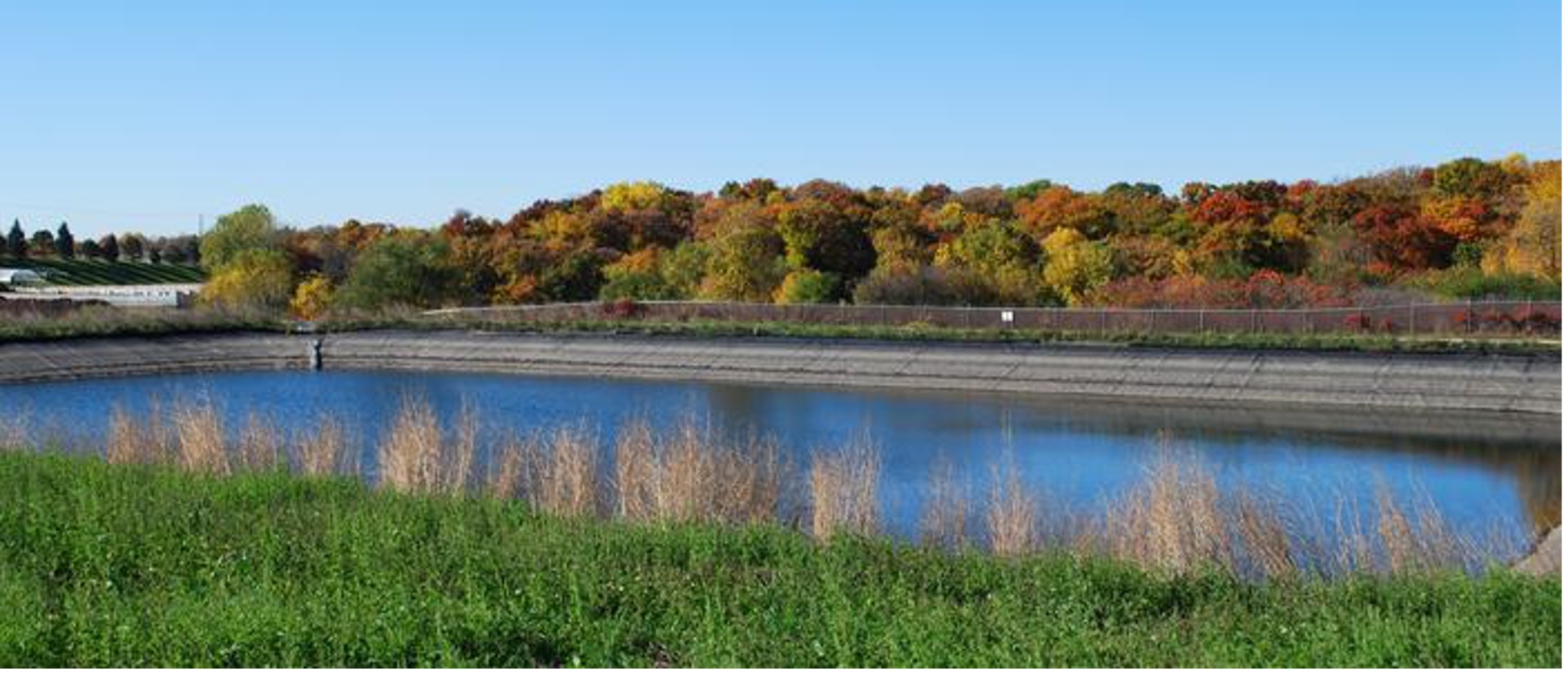
At the time of installation, Gopher Resource was likely the first industrial facility in Minnesota to capture and reuse stormwater on such a large scale. The pond has a 4.6 million gallon capacity.
Through using supplemental ground water recycled from its campus, the company has saved over 78 million gallons of water over the last five years alone. In addition, Gopher Resource uses the stormwater collection system to educate visitors about the many benefits of eco-friendly practices.
Learn more about Gopher Resource’s stormwater collection program here.
An Industry That Invests in Itself and Our Planet
Through past and present investments, the lead battery and recycling industry proudly provides the greenest energy storage on the planet.
On Earth Day 2022, we celebrate industry members whose advanced lead batteries enable green applications, like start-stop technology and EVs to reduce greenhouse gas emissions. We’re also proud to profile member facilities moving to onsite renewable energy, using best practices to recycle and reuse wastewater, and reducing materials through creative problem-solving.
But we won’t rest on our successes. We recognize our role and responsibility to continue taking bold steps and making investments for a greener and prosperous future.

